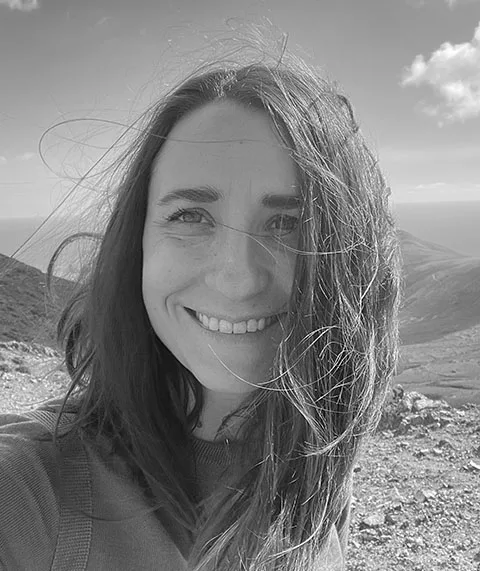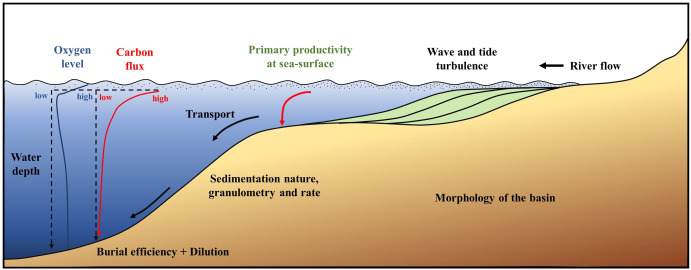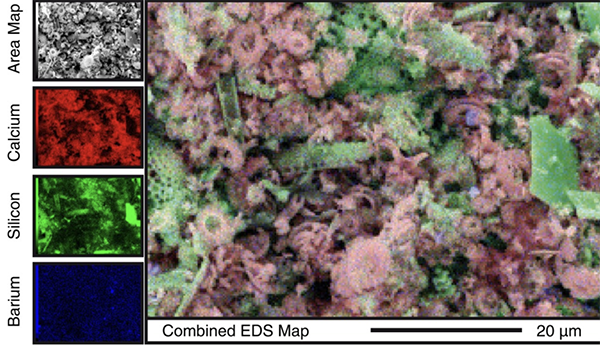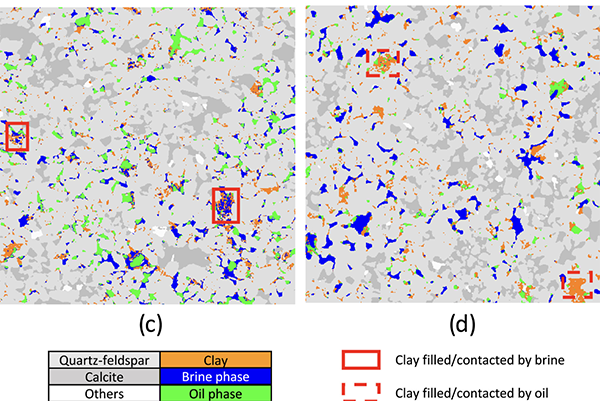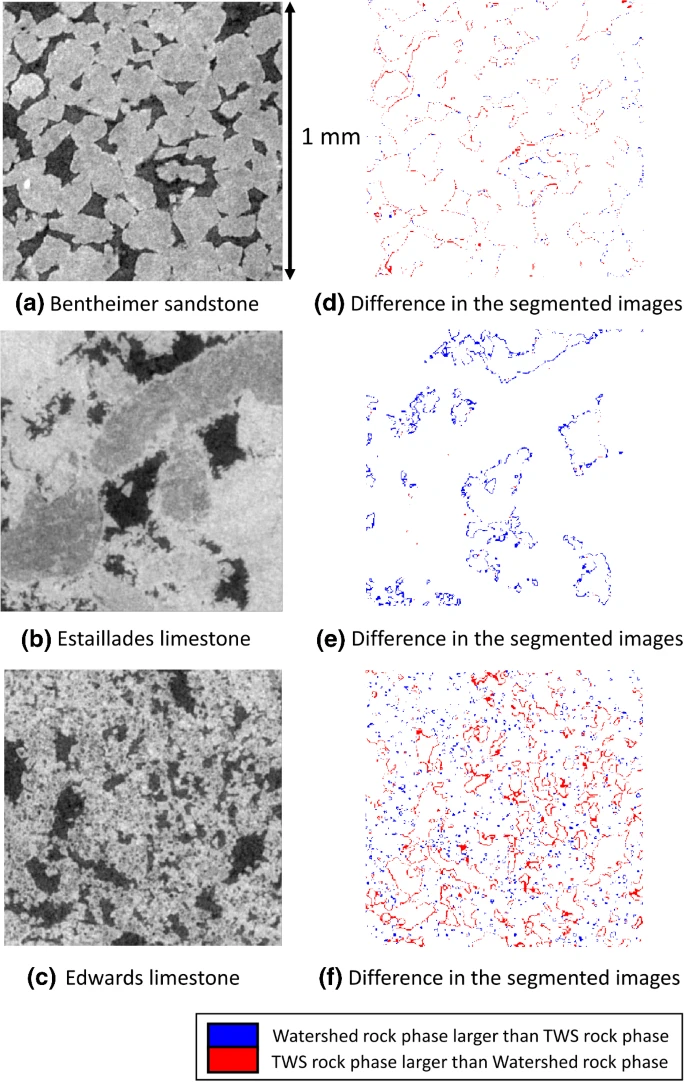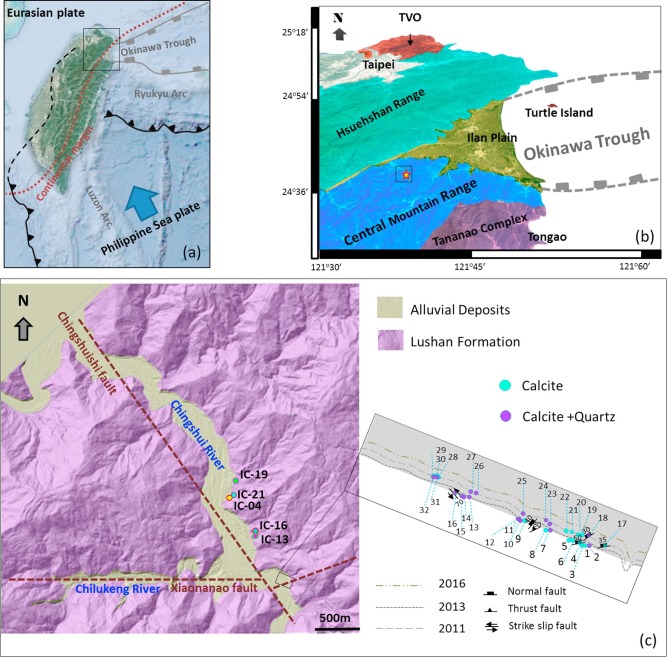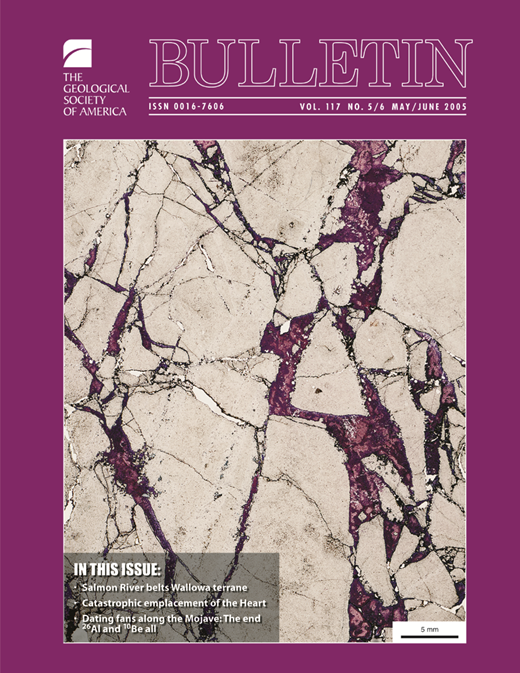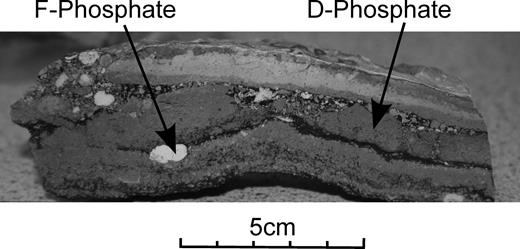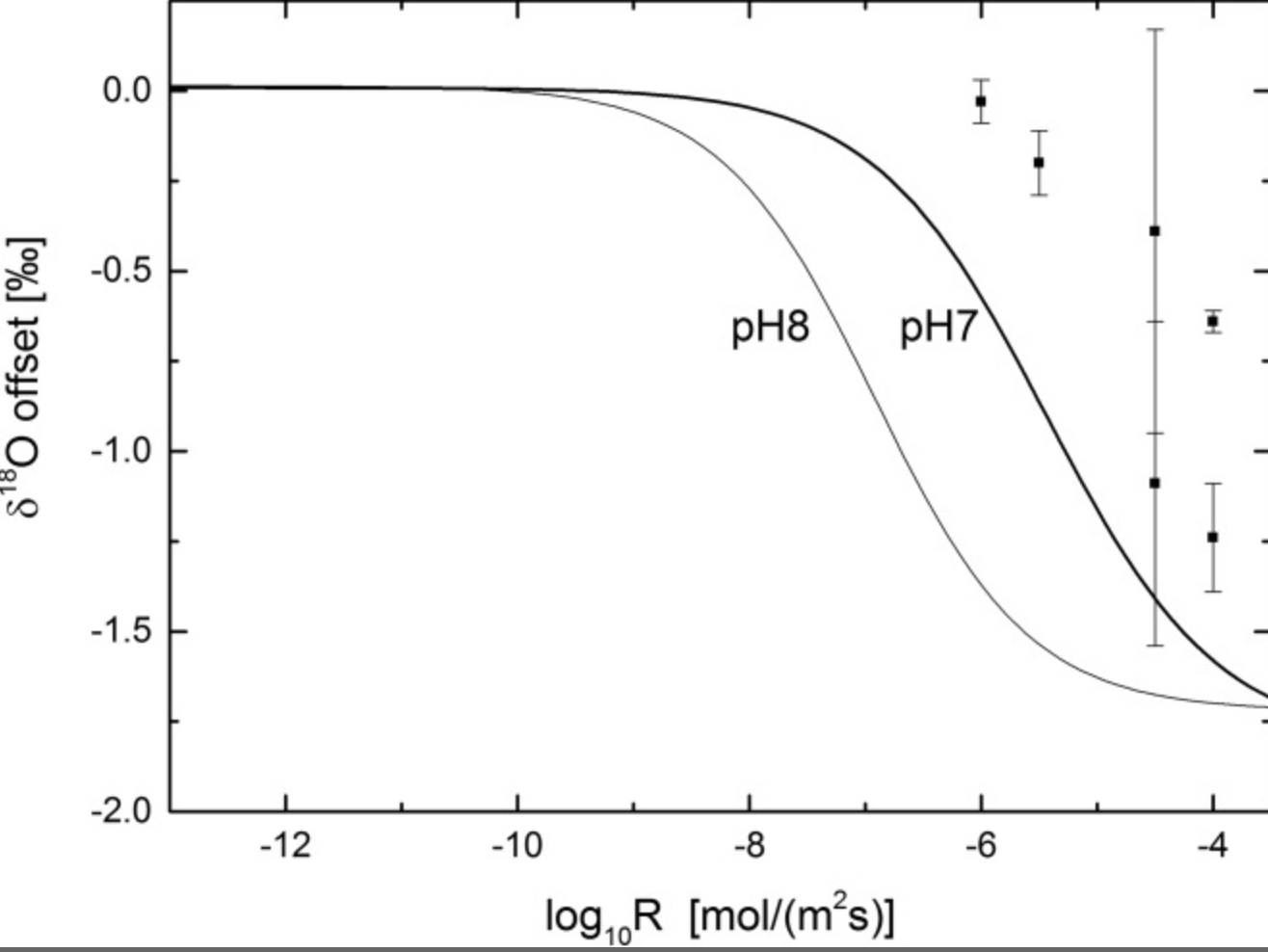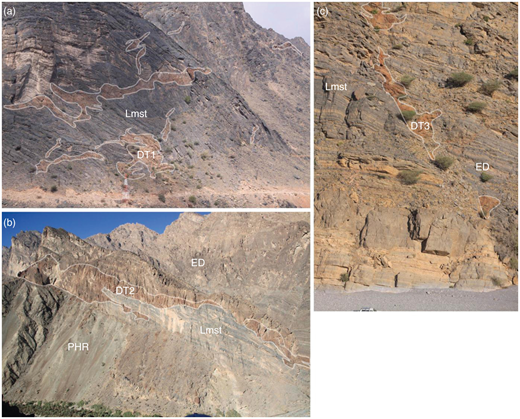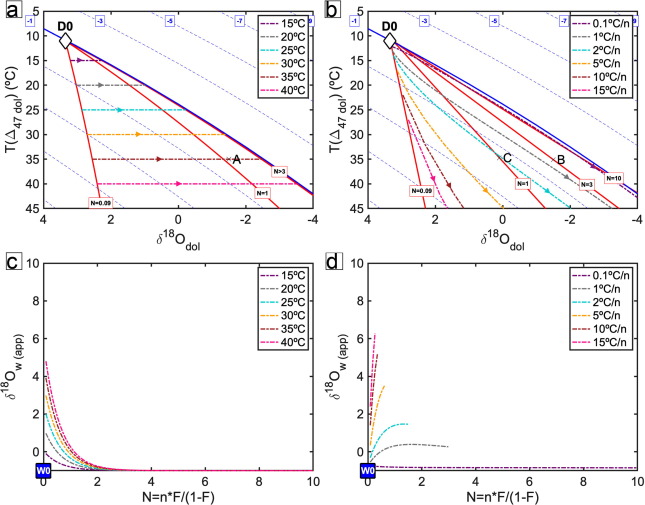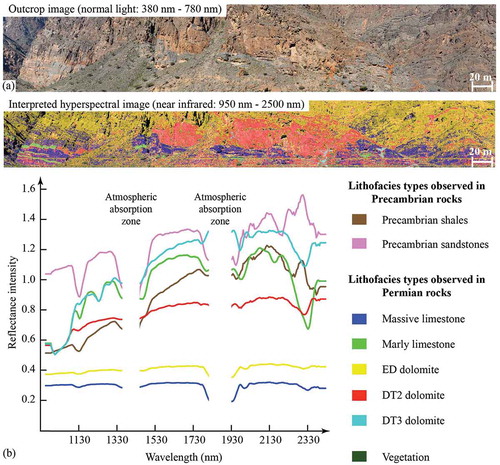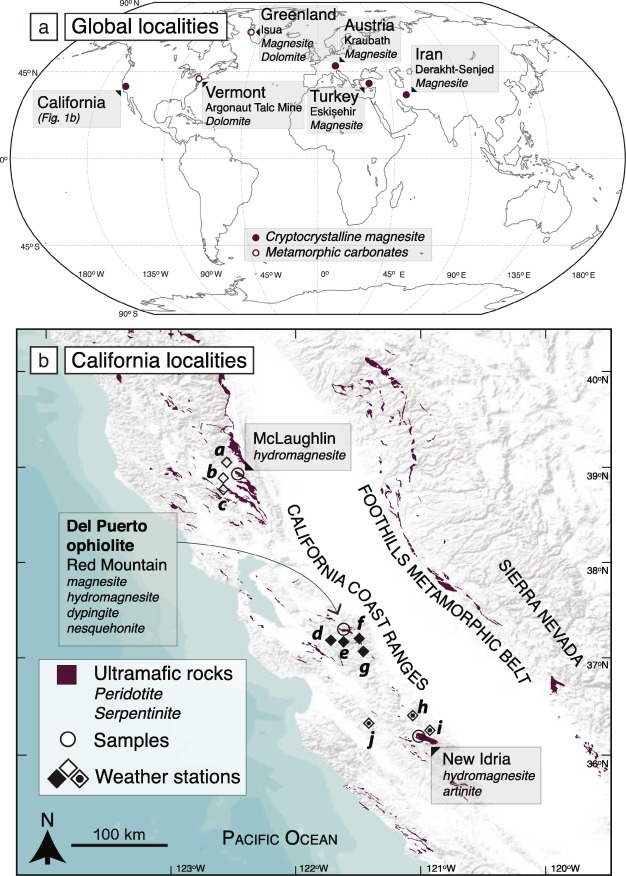Who we Are
We are the John Lab, a research group led by Professor Cédric John and hosted in the Digital Environment Research Institute (DERI) at Queen Mary University of London. At DERI, Professor John leads the Data Science for the Environment and Sustainability Research Platform, one of four key research directions for the institute. Before joining DERI, the group was based for nearly 16 years in the Department of Earth Science and Engineering at Imperial College London.
Our research approach blends machine learning and AI with cutting edge field and experimental methods in Earth and Planetary Sciences. The Digital Environment Research Institute is the centre of digital, data science, and AI research at Queen Mary and it underpins the university’s vision for its research Strategy 2030. For us, DERI is the perfect home for an interdisciplinary team working on scientific machine learning applied to environmental and Earth Science problems.

DERI and Queen Mary University of London are affiliated with the Alan Turing Institute.
Testimonials
Hear what former members of the lab have to say about their time with us.
research Highlights
We have two main research themes: Applied Artificial Intelligence for Earth and Space Sciences (we call it Earth-Centric AI) and Carbonate Research. You can also find about our publications and the software and data stemming from our research.









